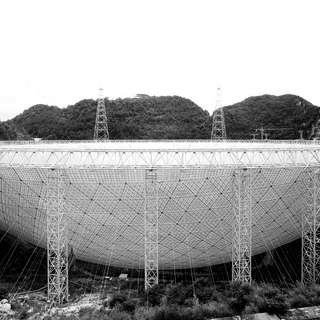New research published in Science raises the potential for desalination to be a legitimate part of the solution to the global freshwater crisis. The paper outlines a method of desalination that cuts the amount of energy the process requires, and thus cuts its cost. Removing salt from saltwater in order to create drinkable water has been, to date, an expensive, time-consuming process.
The discovery refines a desalination method known as reverse osmosis (RO), which pushes saltwater through a series of membranes to filter out salt and other impurities. Reverse osmosis, while the most promising, least expensive (though still costly) method of desalination, requires high energy consumption, making it not cost-effective. The researchers discovered this is due to inconsistencies in the thickness of the membranes, visible only with the help of an electron microscope. Correcting the membranes to a uniform thickness led to a 30 to 40% increase in desalination efficiency.
“You can see how some places are more or less dense in a coffee filter just by your eye,” Enrique Gomez, co-author and a professor of chemical engineering at Penn State University, U.S., said in a statement. “In filtration membranes, it looks even, but it’s not at the nanoscale, and how you control that mass distribution is really important for water-filtration performance.”
Related on The Swaddle:
Why We’re Not All Drinking Ocean Water Yet
While the discovery doesn’t solve the environmental pollution side effects of RO desalination, it is a step towards a more efficient and inexpensive means to remove impurities from saltwater — and thus a step towards including desalination in efforts to increase the availability of freshwater around the world.
“Freshwater management is becoming a crucial challenge throughout the world,” Gomez adds, “Shortages, droughts — with increasingly severe weather patterns, it is expected this problem will become even more significant. It’s critically important to have clean water availability, especially in low-resource areas.”




